Fact and fiction: 2020’s strange summer in books
From tales of pandemics to tomes about race, our literature choices over these bizarre few months have been anything but boring, writes Stephanie Merry and Steven Johnson

Your support helps us to tell the story
From reproductive rights to climate change to Big Tech, The Independent is on the ground when the story is developing. Whether it's investigating the financials of Elon Musk's pro-Trump PAC or producing our latest documentary, 'The A Word', which shines a light on the American women fighting for reproductive rights, we know how important it is to parse out the facts from the messaging.
At such a critical moment in US history, we need reporters on the ground. Your donation allows us to keep sending journalists to speak to both sides of the story.
The Independent is trusted by Americans across the entire political spectrum. And unlike many other quality news outlets, we choose not to lock Americans out of our reporting and analysis with paywalls. We believe quality journalism should be available to everyone, paid for by those who can afford it.
Your support makes all the difference.This year, perhaps as never before, our reading habits reflect our precarious reality. As the world has muddled through a deadly pandemic and a racial reckoning under a cloud of exhaustion and dread, we’ve used books to escape the present, inform our beliefs and educate our homebound children. We’ve found catharsis in apocalyptic science fiction and comfort in romance; advice in self-help guides and a moment of peace, thanks to children’s activity books. Most strikingly, since the death of George Floyd in May, we’ve flocked to books about race and social justice.
Data collected from publishers, libraries, associations, data firms and readers of our website provide a snapshot of book trends during the spring and summer of 2020. Together, these literary choices mirror our collective mood.
The Washington Post asked readers in early May and mid-August about the books that resonated with them. What follows comes from more than 1,600 submissions.
In May, the five most-read authors were:
1. Erik Larson
“In addition to being a very good history of Britain at the start of Second World War, it’s a very good description of great leadership during very difficult times,” writes Steve Pascale about The Splendid and the Vile.
2. Hilary Mantel
Judith Chopra on The Mirror & the Light: “It allowed me to go somewhere else – I told my family not to disturb me in the 16th century – because it was so completely immersive. I had to ration myself so that I didn’t finish it too quickly.”
3. Emily St. John Mandel
“Station Eleven was my favourite book of 2014, and returning to it during the pandemic was strangely comforting,” writes Melissa Stevenson. “The novel thrums with a beating humanist heart, and asks us to consider not only staying alive, but finding things and people to live for.”
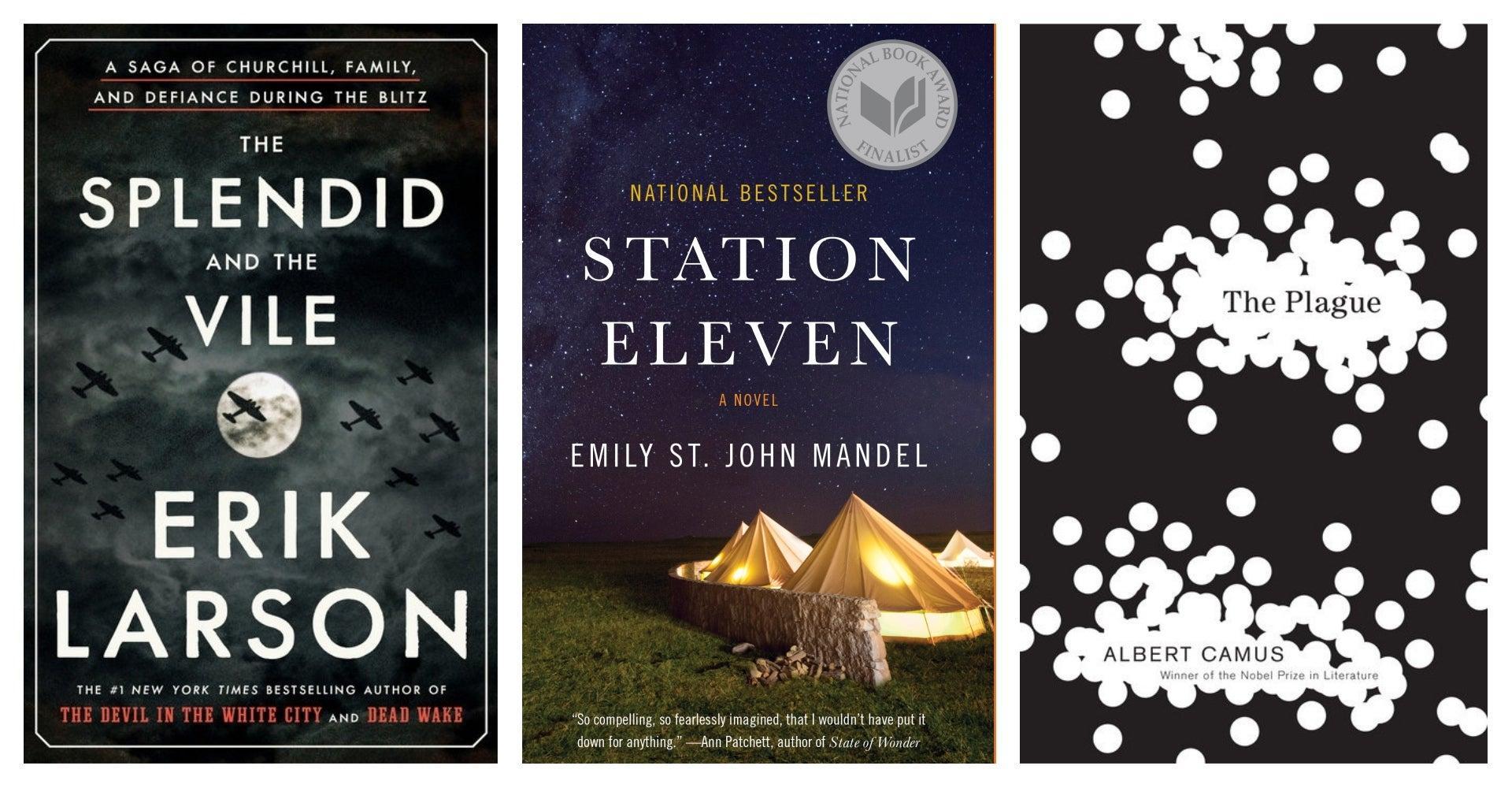
4. Amor Towles
“It shows how an entire world can exist within four walls,” Barbara Doran writes about A Gentleman in Moscow. “Now, many of us are trapped in our homes; we can make them our world.”
5. Albert Camus
“What is so surprising is how [The Plague] describes so well what is happening to us now,” writes Janice Dole. “I don’t understand how people in our society don’t have more knowledge today than they did in the past ... People still act from emotion and not reason.”
In August, the five most-read authors were:
1. Brit Bennett
“I feel like it’s important in these times to read books about the Black experience in the United States,” Diane Starke writes about The Vanishing Half.
2. Ibram X Kendi
On Stamped From the Beginning, Tracy Spangler writes: “As a White person, it made me angry and ashamed – that this is the reality, and that I wasn’t taught very much of it as a student growing up here.”
3. Hilary Mantel
Heather Feeney remarks on Wolf Hall and Bring Up the Bodies: “Reading these for the first time (and intending to take up The Mirror & the Light very soon) has given me occasion to reflect on my personal values and on my purpose as a government employee in this time of uncertainty, turmoil and even death.”
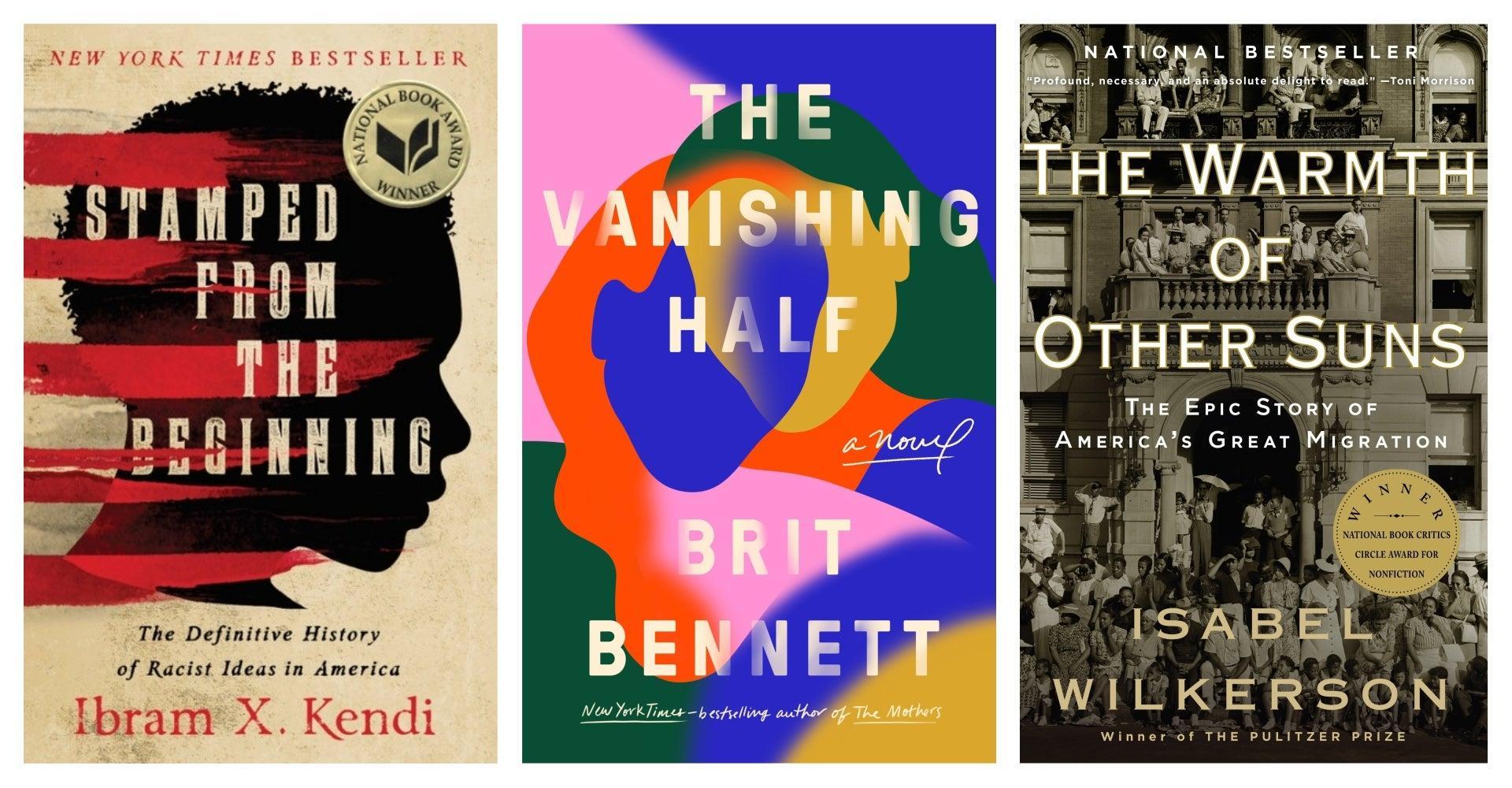
4. Isabel Wilkerson
The Warmth of Other Suns is “a masterpiece that’s changed and deepened my thinking about racism in America,” writes Linda Kusserow.
5. Jeanine Cummins
“American Dirt was a blisteringly paced thriller with a heartbreaking message,” writes Shelly Wiltshire. “I know it’s been controversial, but I found the insights into the migrant story meaningful and the ‘nowhere else to turn’ scenario horrifyingly relatable.”
There were some recurring themes among our readers:
Many are turning to tough, frightening stories...
“I read this epic pandemic tome” – Chuck Wendig’s Wanderers – “when it came out last summer, and it scared the hell out of me,” writes T Andrew Wahl. “At the time, it was just a well-crafted sci-fi thriller. Now, it feels prophetic as we’re living through just about every plot twist in the book ... Damn you, Chuck Wendig: It’s time to write a happy book about the world recovering and everything being all right!”
“I tend to avoid real-life disaster books,” writes Deb Evans. “I read to escape reality, not relive it, but [Midnight in Chernobyl, by Adam Higginbotham] was amazing – I learned, paused to consider big picture ideas and readjusted my thinking. My reading habits also changed this year, from fictional crime and mystery, which are my mainstays, through pandemic and science fiction and now to books like this one. I have never veered or careened through as many genres in a short time!”
... but also to books that provide sheer comfort.
“I’m really struggling with contemporary fiction right now and am heavily reliant on historical romance to get me through,” writes Billie Bloebaum. Boyfriend Material by Alexis Hall “was the big-hearted, warm hug of a book that I needed, and I already have it queued up for re-read”.
Of Charlie Mackesy’sThe Boy, the Mole, the Fox and the Horse, Janet Henderson writes: “This book I expected to be a child’s storybook became a beautiful, comforting book for this high-risk woman toughing it out alone – not only reminding me that we are loved, but our love and support of others is a gift.”
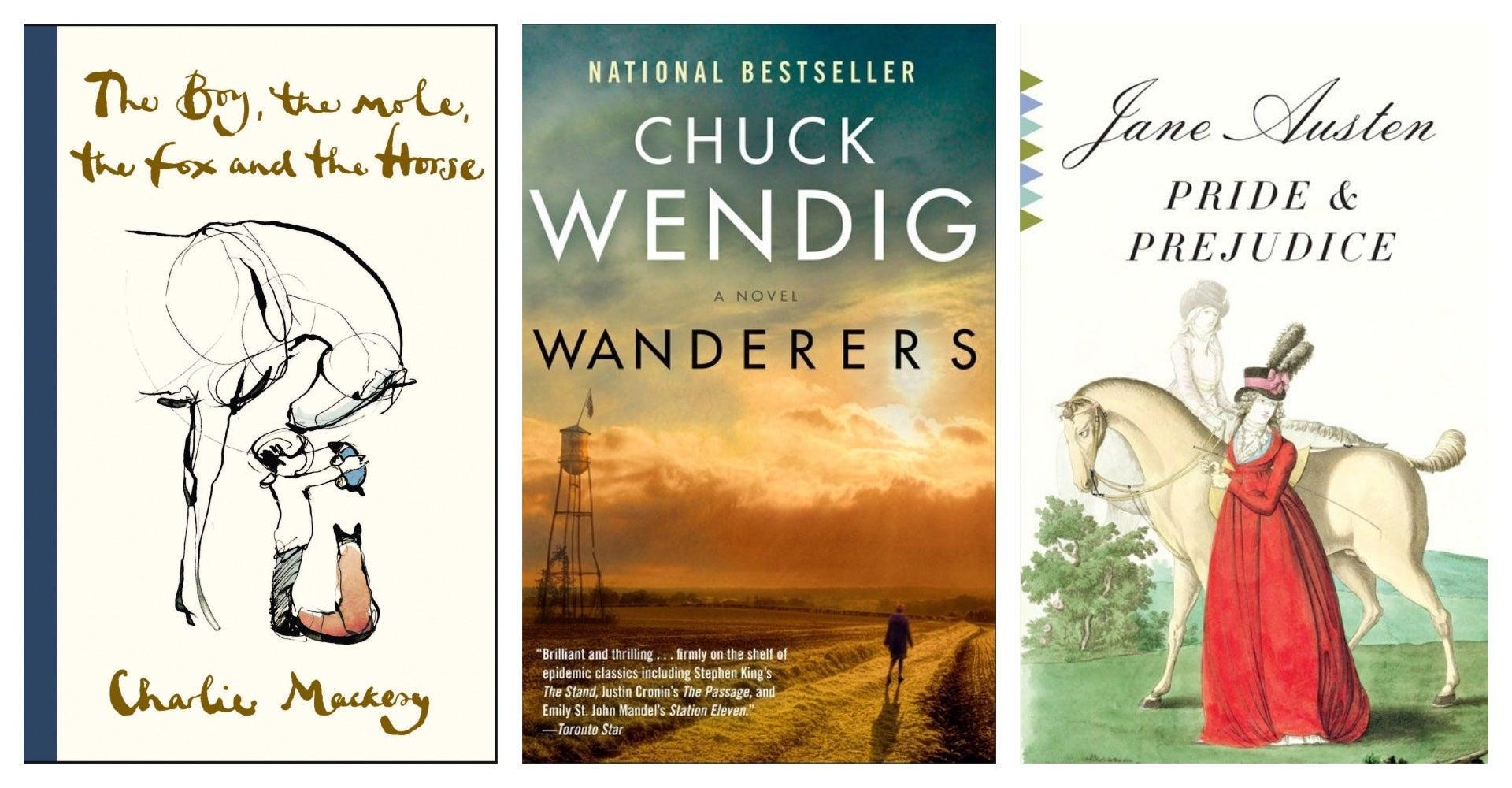
“Although I’m usually an avid reader and have a house full of books, during these surreal times I’m having trouble concentrating on anything longer than a newspaper article,” writes Elizabeth Flavell. “But ‘Pride and Prejudice is the perfect read. Austen’s characters are old friends I can visit any time. Their witty observations, their deep relationships, and their daily lives filled with normal activities bring great comfort.”
Most respondents have finished more books this year than usual...
“I am still working from home, for which I am inordinately grateful,” Linda Grace Solis writes. “However, because I no longer have a commute and I’ve learned not to feel guilty about not being work-productive every minute of every day, I’m reading so much more. I started tracking my reading just before the shutdown, and I’ve read 10 books since life as we know it came grinding to a halt.”
.... even as many others found it difficult to read even one.
When asked what book resonated most for her in May, Cheryl Richardson says: “None. I have found it difficult to concentrate. There have been too many distractions.” Amber Hoover of Brooklyn found solace in Samantha Irby’s essay collection Wow, No Thank You. “I am usually a voracious reader, and I have been alarmed that my monkey brain at this moment has killed my reading focus,” she says. “This book made me laugh, which I desperately needed, and delivered sharp and hilarious insights in small bursts perfect for my newly shortened attention span, now that a substantial portion of my brain is taken over by anxiety. (And by Twitter, which is basically anxiety in website form.)”
Since June, Books about race have exploded in popularity:
The nonfiction bestsellers lists for both hardcover and paperback have been dominated by such titles, including Ibram X Kendi’s How to Be an Antiracist, Carol Anderson’s White Rage, Robin DiAngelo’s White Fragility and Ijeoma Oluo’s So You Want to Talk About Race.
The trend extended to books released years ago, such as Isabel Wilkerson’s 2010 chronicle of the Great Migration, The Warmth of Other Suns. Resmaa Menakem’s My Grandmother’s Hands, published in 2017, sold 30,000 copies through 2019, making it a bestseller for its small publisher, Las Vegas-based Central Recovery Press. But this year, it’s become a national bestseller, with 100,000 copies sold across all formats, nearly all of those since June. “Publishing maintains a role in finding solutions to problems,” says Patrick Hughes, Central Recovery’s sales and marketing manager. “People will always grab a book.”
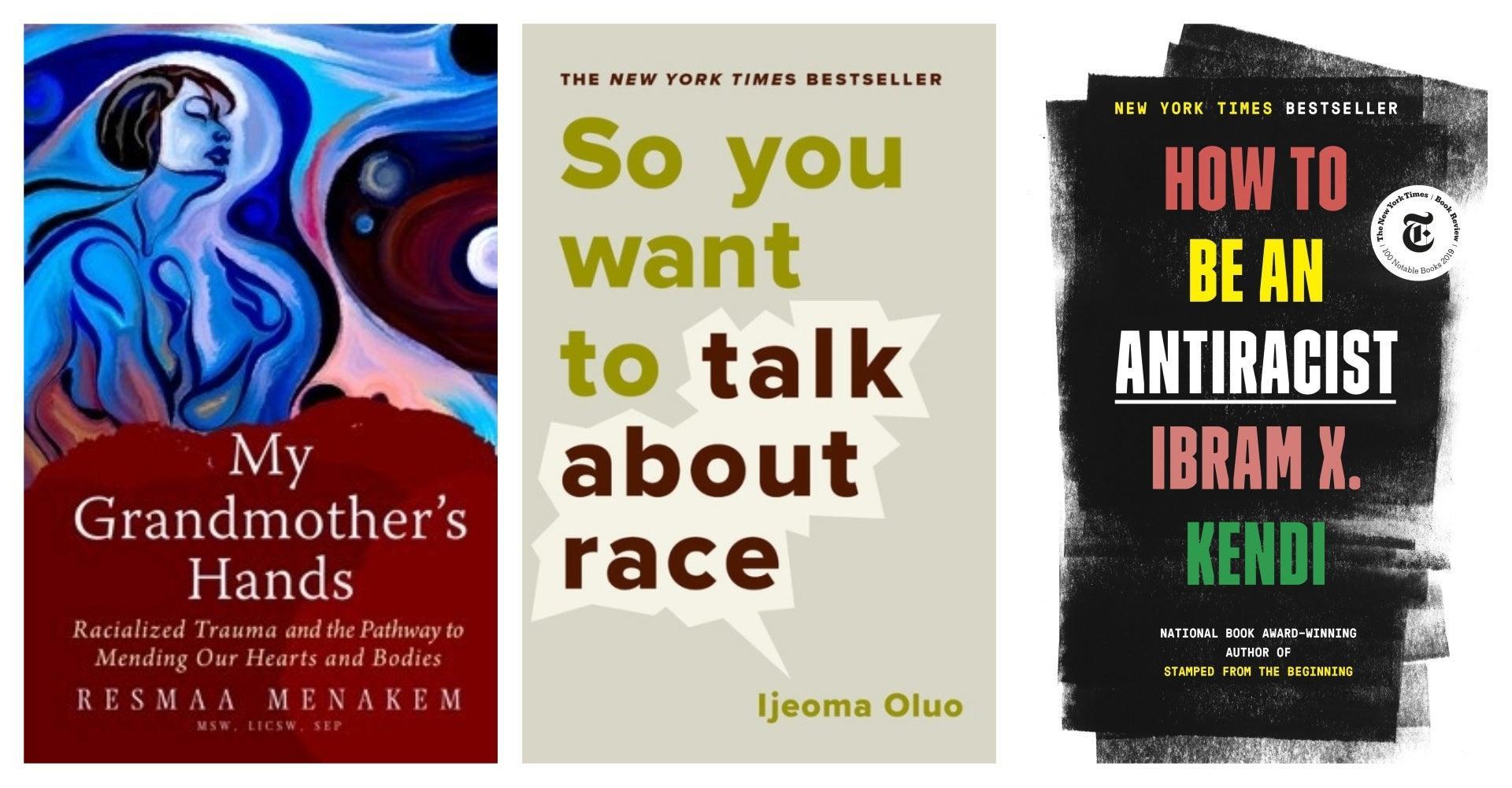
As child-care dilemmas multiplied, so did sales of books for kids:
Through March, three of the top 12 categories for book sales were aimed at children, according to data from NPD Group, a market research company that tracks book-buying trends. From March through May, as the pandemic kept schools closed, that trend increased dramatically, with half of the 12 top-selling categories catering to kids, including three categories of juvenile nonfiction.
Through mid-August, the category with the biggest growth was juvenile nonfiction, up 28 per cent from last year, while juvenile fiction rose more than 8 per cent. (Young adult fiction is also up, more than 15 per cent, but that’s mainly due to new releases from Stephenie Meyer, of Twilight fame, and Hunger Games author Suzanne Collins. Some things never change.)
People embraced audiobooks and e-books, even as print sales slumped:
According to the Association of American Publishers, e-book and audiobook sales leapt in May. E-book revenues were up nearly 40 per cent compared to 2019, and audiobook revenues saw an increase of 22 per cent. Audiobook seller Libro.fm saw downloads increase 270 per cent in June and July compared to the same period last year – an unprecedented jump.
Lisa Roberts of Albuquerque epitomised a trend among our readers: a reliance on audiobooks since the pandemic began. “I have tried to read several print books and have not been able to focus,” she says. “Sitting and reading just requires too much attention for me. I’m walking about six to 10 miles per day, and these audiobooks combined with walking are my saving grace.”
Libraries across the country have noticed similar trends:
Library systems have seen an uptick in e-book and audiobook downloads since the pandemic forced branches to close their doors. The New York Public Library saw an increase of more than 60 per cent in downloads of its e-reader app.
Every library system we polled, from San Francisco to Houston to Columbus, Ohio, noticed increased demand for books about race. This summer, the top three digital checkouts in Washington, DC’s library system were White Fragility, So You Want to Talk About Race and Layla Saad’s Me and White Supremacy. (During the same stretch in 2019, the top three were all novels: The Goldfinch, Everything I Never Told You and Little Fires Everywhere.)
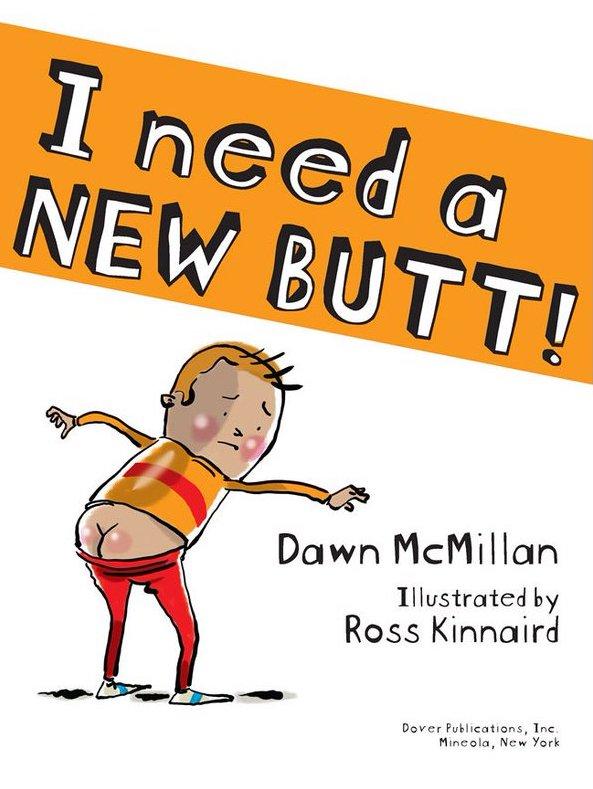
In San Francisco, books for children and teens have dominated. In July, only two of the top 20 circulating books on the library’s e-lending system, Hoopla, were for adults: Me and White Supremacy and Michelle Alexander’s The New Jim Crow. “In case you’re curious,” writes public relations officer Jaime Wong, “the No. 1 e-book title on Hoopla in July is I Need a New Butt!, a children’s book by Dawn McMillan.”
Some genres grew in popularity while others dipped:
Adult nonfiction experienced a massive drop in sales in March as the pandemic took hold in the United States.
“What I would call higher-order adult nonfiction categories got thrown overboard in favour of all of the things folks thought they needed at home for the early Covid panic,” says Kristen McLean, director of business development at the NPD Group. “The categories that disappeared were things like business and leadership, self-help, fitness, politics, history, cookbooks, home books, etc – big, hard-hitting categories. In their place, we saw a rise in kids’ activity books, kids’ education books and a small rise in adult nonfiction in things like first aid, outdoor skills, survivalism, canning and preserving, and home repair.”
The slump didn’t last. Since widespread racial protests began at the end of May, interest in books about race and racism in America have made up for those losses and then some.
The romance genre, which had been steadily declining since 2012, according to NPD, saw a boost starting in March, just as many readers began to quarantine. While romance sales in January 2020 were down 11 per cent compared with 2019, by May the genre had closed that gap and landed in the black. Though sales of romantic comedy in print books rose a massive 188 per cent, the biggest seller across formats remained contemporary romance followed by historical.
Our own readers testified to the joys of that particular subgenre.
Rosemary Brewer writes of her historical romance habit: “With every day seeming to bring more bad news, and juggling working from home, trying to keep my kids on track with school, the house running smoothly and my family okay, a guaranteed happily-ever-after is my way to deal.”
© The Washington Post
Join our commenting forum
Join thought-provoking conversations, follow other Independent readers and see their replies
Comments